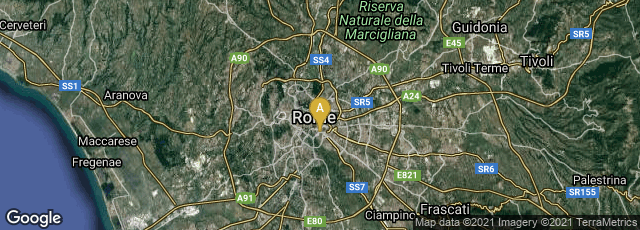

By 800 CE the use of parchment and vellum had replaced papyrus in many areas, though its use in Egypt, where most of it was manufactured, continued until it was replaced by less expensive paper introduced by Arabs. The reasons for this switch include the significantly higher durability of parchment and vellum in moist climates, and that parchment and vellum could be produced wherever there were cattle or sheep, while papyrus was grown in few places, mainly in Egypt.
The latest certain dates for the use of papyrus are 1057 for a papal decree (typically conservative, all papal "bulls" were on papyrus until 1022), under Pope Victor II, and 1087 for an Arabic document. Because of the stability of the church as an institution, and careful preservation of church records documentation concerning the phase out of papyrus for church documents have been preserved. This quotation is NewAdvent.org, accessed 9-2020:
"In the time of Pope Adrian the support of Pepin and Charlemagne had converted the patrimony of the Holy See into a sort of principality. This no doubt paved the way for changes in the forms observed in the chancery. The pope now takes the first place in the superscription of letters unless they are addressed to sovereigns. We also find the leaden seal used more uniformly. But especially we must attribute to the time of Adrian the introduction of the "double date" endorsed at the foot of the bull. The first date began with the word Scriptum and after a chronological entry, which mentioned only the month and the indiction, added the name of the functionary who drafted or engrossed the document. The other, beginning with Data (in later ages Datum), indicated, with a new and more detailed specification of year and day, the name of the dignitary who issued the bull after it had received its final stamp of authenticity by the addition of the seal. The pope still wrote the words BENE VALETE in capitals with a cross before and after, and in certain bulls of Pope Sylvester II we find some few words added in shorthand or "Tyronian notes." In other cases the BENE VALETE is followed by certain dots and by a big comma, by a S S (subscripsi), or by a flourish, all of which no doubt served as a personal authentication. To this period belong the earliest extant bulls preserved to us in their original shape. They are all written upon very large sheets of papyrus in a peculiar handwriting of the Lombard type, called sometimes littera romana. The annexed copy of a facsimile in Mabillion's "De re diplomaticâ" reproducing part of a bull of Pope Nicolaus I (863), with the editor's interlinear decipherment, will serve to give an idea of the style of writing. As these characters were even then not easily read outside of Italy it seems to have been customary in some cases to issue at the same time a copy upon parchment in ordinary minuscule. A French writer of the tenth century speaking of a privilege obtained from Pope Benedict VII (975-984) says that the petitioner going to Rome obtained a decree duly expedited and ratified by apostolic authority, two copies of which, one in our own character (nostra littera) on parchment, the other in the Roman character on papyrus, he deposited on his return in our archives. (Migne, P.L., CXXXVII, 817) Papyrus seems to have been used almost uniformly as the material for these official documents until the early years of the eleventh century, after which it was rapidly superseded by a rough kind of parchment. Apart from a small fragment of a bull from Adrian I (22 January, 788) preserved in the national library at Paris, the earliest original bull that remains to us is one of Pope Paschal I (11 July, 819). It is still to be found in the capitular archives of Ravenna, to which church it was originally addressed. The total number of papyrus bulls at present known to be in existence is twenty-three, the latest being one issued by Benedict VIII (1012-24) for the monastery of Hildesheim. All these documents at one time had leaden seals appended to them, though in most cases these have disappeared. The seal was attached with laces of hemp and it still bore only the name of the pontiff and the word papæ on the other. After the year 885, the letters of the pope's name were usually stamped round the seal in a circle with a cross in the middle."
Carme Bell and Àngels Borell, "The Papal Bulls on Papyrus: An Approach to their Conservation," Imago Temporis. Medium Aevum, VII (2013) 377-400. The authors cited 10 papal bulls on papyrus preserved in Catalonia dating from 892-1007 CE.